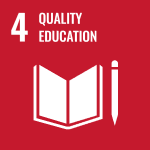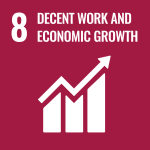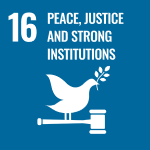
International Education Policy in Ontario: A Swinging Pendulum
Files
Document Type
Book Chapter
Description
Despite frequent references to developing an international education (IE) strategy, unlike many any other Canadian provinces, Ontario does not have an IE strategy for its post-secondary education (PSE) sector as of April 2018. However, the absence of an official IE strategy has not deterred the province from engaging in IE activities. Ontario boasts among the highest enrolments of international students in the country (43.2 percent of the approximately 124,000 international students in Canada for the year 2014 [Canada. CIC 2015]), has been engaged in multiple international partnerships at the governmental and institutional levels (Sá and Sabzalieva 2016; Trilokekar, Safdar, et al. 2014), and has developed economic and immigration policies that aim at facilitating the attraction and retention of international students (Trilokekar and El Masri 2016a; Trilokekar et al. 2014). Thus, the Ontario story raises questions about what is meant by policy: Is it essentially a published government document (i.e., a text)? Does the absence of a formal PSE government policy/strategy document suggest the absence of an IE policy in Ontario’s PSE sector? This chapter is about the Ontario story.
Drawing on two sets of data derived from twelve semi-structured interviews with federal and Ontario government politicians (premiers and leaders of opposition parties) and bureaucrats from different ministries involved directly in IE policy-making, this chapter examines where and how IE has taken shape in the province’s PSE sector. Our primary focus is to understand how IE as policy has emerged and evolved in Ontario, that is, the decision-making aspects of the policy-making process, its context, structure, agendas, and actors. Whereas the Ontario PSE sector consists of universities, colleges, and private career colleges, this chapter is primarily focused on the provincial government and its relations with the university sector in developing an IE policy.
The chapter provides a brief historical narrative and identifies six key themes that speak to the unique characteristics of the Ontario’s IE policy, namely: 1) people, power, and position; 2) economy and global competition; 3) shifting federal-provincial relations; 4) parochialism: a recurring undercurrent; 5) universities in the lead; and 6) managing risks.
ISBN
9780228001768
Publication Date
10-2020
Publisher
McGill-Queen's University Press
Number of Pages
19
Keywords
International education policy, history of international education, Ontario, Canada
Disciplines
Education | Education Policy | Social and Behavioral Sciences
Faculty
Inclusive Communities
Copyright
© McGill-Queen's University Press
SOURCE Citation
Trilokekar, Roopa Desai and El Masri, Amira, "International Education Policy in Ontario: A Swinging Pendulum" (2020). Books and Chapters. 1.
https://source.sheridancollege.ca/nonfaculty_cei_books/1
Original Citation
Trilokekar, R & El Masri, A. (2020). International education policy in Ontario: A swinging pendulum? In R. Trilokekar; M. Tamtik; & G. Jones (Eds.), International Education as Public Policy in Canada (pp. 247-266). McGill-Queen’s University Press. https://www.mqup.ca/international-education-as-public-policy-in-canada-products-9780228001768.php




